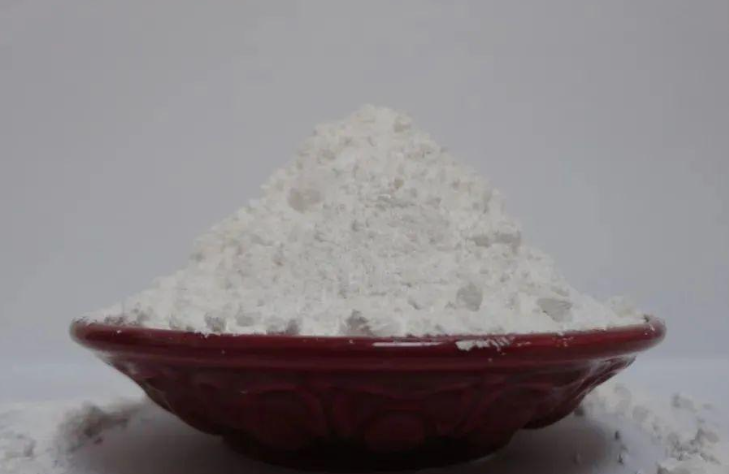October 24, 2024 – China’s Titanium Dioxide Exports Face Fluctuations and Challenges
China’s titanium dioxide (TiO2) export market has recently encountered volatility, with the latest customs data revealing a decrease in September 2024 exports. The export volume for the month stood at 146,800 tons, marking a decline of 13,900 tons or 8.65% compared to August, although it still showed a slight increase of 1.24% compared to the same period last year. For the first nine months of this year, the cumulative exports of titanium dioxide reached 1,439,700 tons, an increase of 185,100 tons or 14.75% over the previous year. This included 1,178,000 tons produced via the sulfate process and 261,700 tons through the chloride process.

In terms of export destinations, India, Brazil, South Korea, Russia, and the UAE were the primary importers of Chinese titanium dioxide in September, accounting for 40.4% of total exports. The top ten importing countries contributed to 58.78% of the total exports. However, it is noteworthy that September’s exports were significantly lower than the monthly average of 159,900 tons for the first nine months of the year, only slightly higher than the exports in February, which was affected by the domestic Chinese New Year holidays.
According to AsiaMB sources, China’s titanium dioxide exports are facing multiple challenges. In August, the Eurasian Economic Union (EAEU) imposed a final anti-dumping ruling on Chinese titanium dioxide products, recommending the imposition of a five-year anti-dumping duty, further exacerbating the pressures on China’s export market. Following the EU, the EAEU’s measures have further squeezed the space for Chinese titanium dioxide in the European market. Additionally, Saudi Arabia and Brazil have initiated anti-dumping investigations against Chinese titanium dioxide, indicating a growing global trend of restrictions on Chinese exports.
Domestically, the demand for titanium dioxide remains sluggish, while the supply side is under pressure from new capacity additions and hindered exports. Particularly, the slowdown in investment in China’s real estate sector has led to reduced operations in the downstream coatings industry, widening the supply-demand imbalance. To counteract the anti-dumping measures imposed by the EU and the EAEU, Chinese titanium dioxide enterprises are actively exploring markets in countries along the “Belt and Road.” However, significant increases in export volumes are not expected in the short term.
Forecasts suggest that China’s titanium dioxide exports will continue to decline in October, reaching approximately 140,000 tons. With significant export order pressure and the supply side affected by inventory and environmental factors, the operating rates of titanium dioxide manufacturers are expected to decrease further compared to September, leading to a reduction in production output. China’s titanium dioxide industry is confronting unprecedented challenges, and finding a solution to this predicament is urgently needed.














